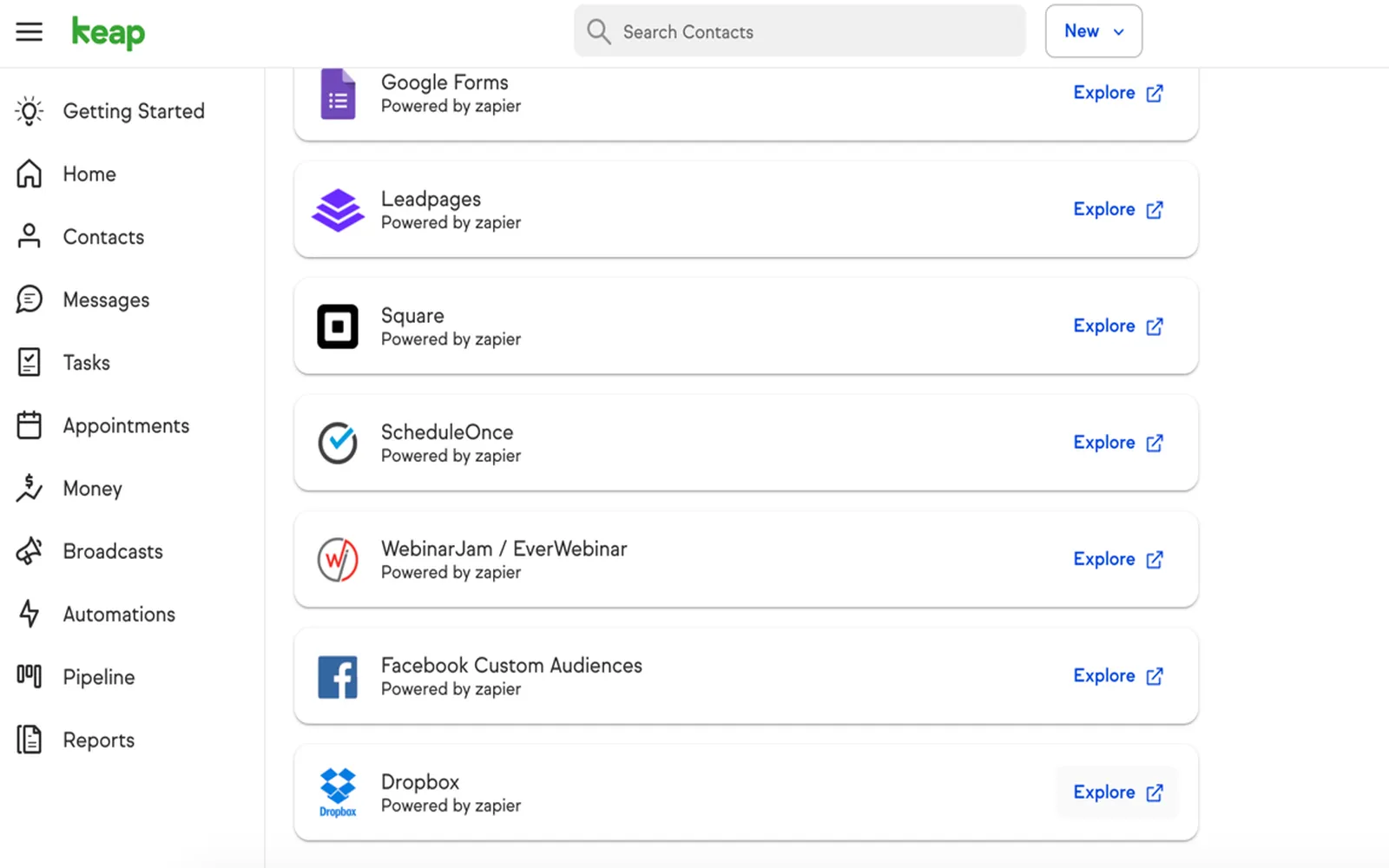The Rise of Automation in Everyday Workflows
Automation has evolved significantly over the past few years, transitioning from a niche domain primarily utilized by programmers to a widespread tool accessible to professionals across various industries. This transformation is largely driven by advancements in technology, enabling users to streamline their workflows without requiring extensive coding knowledge. The future of automation is here, and it is reshaping how businesses operate, enhancing productivity, and reducing human error.
Key Benefits of Automation for Non-Programmers
One of the most compelling aspects of automation is its ability to cater to non-programmers. The barriers to entry have been lowered, allowing individuals from diverse backgrounds to harness its potential. Some of the key benefits include:
| Benefit | Description |
|---|---|
| Increased Efficiency | Automation allows tasks to be completed faster, freeing up time for more strategic work. |
| Consistency | Automated processes reduce variability, ensuring that tasks are performed consistently every time. |
| Cost Savings | By automating repetitive tasks, businesses can save on labor costs and reduce the potential for human error. |
| Accessibility | With user-friendly tools and platforms, anyone can implement automation without needing coding skills. |
Automation Tools for Everyone
Today, a variety of automation tools are available that cater to non-technical users. These platforms are designed to be intuitive, allowing users to create workflows with minimal effort. Some of the leading automation tools include:
- Zapier: Connects various apps and automates workflows through customizable triggers and actions.
- IFTTT (If This Then That): Offers simple applets that automate tasks between different services and devices.
- Integromat (Make): Provides a visual interface for automating complex processes across multiple applications.
- Microsoft Power Automate: Enables users to create automated workflows directly within Microsoft applications.
Integration of Automation in Various Sectors
The integration of automation is not limited to a single industry; it spans across sectors, including marketing, finance, healthcare, and more. Each sector is leveraging automation to enhance productivity and improve service delivery. Here’s a closer look at how automation is being utilized:
| Sector | Application of Automation |
|---|---|
| Marketing | Automated email campaigns, social media scheduling, and customer segmentation. |
| Finance | Automated invoicing, expense tracking, and financial reporting. |
| Healthcare | Patient data management, appointment scheduling, and telehealth services. |
| Manufacturing | Robotic process automation for assembly lines and supply chain management. |
The Role of AI in Automation
Artificial Intelligence (AI) is a significant driver of the automation revolution. By integrating AI capabilities, automation tools can learn from data and improve their performance over time. This synergy between AI and automation allows for smarter decision-making and enhances the capabilities of automated systems. Key areas where AI is impacting automation include:
- Data Analysis: AI can analyze large datasets quickly, providing insights that inform business decisions.
- Natural Language Processing (NLP): Chatbots and virtual assistants powered by NLP can handle customer inquiries efficiently.
- Predictive Analytics: AI can forecast trends and behaviors, enabling proactive business strategies.
Challenges and Considerations
While the future of automation presents numerous opportunities, it also comes with challenges that organizations must address. Some of these challenges include:
- Job Displacement: As automation takes over repetitive tasks, there is concern about job loss in certain sectors.
- Security Risks: Automated systems can be vulnerable to cyberattacks if not properly secured.
- Over-Reliance on Technology: Businesses must balance automation with the need for human oversight and creativity.
Conclusion: Embracing the Future of Automation
The future of automation is indeed here, and it is no longer confined to the realm of programmers. With the rise of user-friendly tools and the integration of AI, professionals from all walks of life can leverage automation to enhance their productivity and streamline their workflows. As organizations continue to embrace these technologies, it will be crucial to navigate the associated challenges while maximizing the benefits. The journey toward a more automated future is just beginning, and those who adapt will thrive in this new landscape.





